Vivian Maier worked as a professional nanny all her working life. After picking up photography sometime in the late 1940s, she started photographing the world around her during her leisure time. In her lifetime, she amassed a body of work comprising of over 100,000 negatives as well as hundreds of rolls of undeveloped film (there is a photo of a box of some of the undeveloped rolls on Flickr -> See HERE). Her work would have remained unseen if not for a series of chance circumstances. Maier had stored her negatives together with other personal belongings in a storage unit which had its contents auctioned off when she stopped the rental payments. A local historian John Maloof purchased a box of her negatives in 2007 and has spent the last few years reconstructing her archive of work which had been dispersed amongst various buyers at the auction.
.jpg)
.jpg)
.jpg)
.jpg)
The blurb from the book Vivian Maier: Street Photographer:-
“A good street photographer must be possessed of many talents: an eye for detail, light, and composition; impeccable timing; a populist or humanitarian outlook; and a tireless ability to constantly shoot, shoot, shoot, shoot and never miss a moment. It is hard enough to find these qualities in trained photographers with the benefit of schooling and mentors and a community of fellow artists and aficionados supporting and rewarding their efforts. It is incredibly rare to find it in someone with no formal training and no network of peers.
Yet Vivian Maier is all of these things, a professional nanny, who from the 1950s until the 1990s took over 100,000 photographs worldwide—from France to New York City to Chicago and dozens of other countries—and yet showed the results to no one. The photos are amazing both for the breadth of the work and for the high quality of the humorous, moving, beautiful, and raw images of all facets of city life in America’s post-war golden age.”
Maier’s photographs come across as honest and unassuming. I think she must have really enjoyed and derived a lot of satisfaction just from the act of photographing. In the current internet age, much of street photography (or any other genre) seems to be driven by ego and ‘wannabe-ism’. Many photographers post their photos online hoping for praises from others and woe to anyone who poo-poos their lack of originality or airs whatever criticism they have with the photographs. Photographers want to be their heroes, be it Henri Cartier-Bresson, Garry Winogrand, Helen Levitt, William Klein, or any other famous photographer. There is nothing wrong with wanting to learn from other photographers and most photographers will go through phases of emulating the technique and/or style of other photographers. Some incorporate what they learn into their own photographic style, evolve for the better and move on. Others somehow get stuck in ’emulation mode’ and before you know it, have switched to the exact same camera and lens setup as their heroes, and are constantly looking to somehow recreate photographs their heroes have taken; all the while missing the wonderful photographic opportunities right in front of them.





So it is quite a breath of fresh air for me to see the work of someone who really shot for an audience of one (i.e. herself) and who happens to turn out to be a really excellent photographer. I personally find it amazing that she shot most of her photographs with a medium format Rolleiflex camera. I have tried a couple of times to do street photography with a Rolleiflex with disappointing results. I could never get used to the inverted image in the viewfinder as well as the relatively slow focusing. Maier seems to have mastered the use of her Rolleiflex and used it to great effect in capturing decisive moments on the streets she roamed. Maybe Maier read what Edward Weston wrote in 1943 and heeded the following warning and advice (which by the way still holds true today!):-
“The fact is that relatively few photographers ever master their medium. Instead they allow the medium to master them and go on an endless squirrel cage chase from new lens to new paper to new developer to new gadget, never staying with one piece of equipment long enough to learn its full capacities, becoming lost in a maze of technical information that is of little or no use since they don’t know what to do with it.
Only long experience will enable the photographer to subordinate technical considerations to pictorial aims, but the task can be made immeasurably easier by selecting the simplest possible equipment and procedures and staying with them. Learning to see in terms of the field of one lens, the scale of one film and one paper, will accomplish a good deal more than gathering a smattering of knowledge about several different sets of tools.” ~Edward Weston




Vivian Maier: Street Photographer is published by Powerhouse Books and features about 100 duotone photographs over 136 pages. The photographs in the book have been printed very warm (almost sepia like). Many people who bought the book have complained about the warm toning, preferring neutral looking photographs. I do not have anything against warm or sepia toning black and white photographs but the website that showcases Maloof’s collection of Maier’s photographs (http://www.vivianmaier.com/) has them all displayed in a neutral tone. The section on “Photography” in the website mentions that the artistic intent (by Maier) was determined through studying her original prints as well as the notes/instructions she gave to labs for developing and printing her photographs. This information they say was factored in to interpret her work as closely as possible to her original process so it is strange that her work ended up printed warm toned in the book. From what I gather, all the exhibitions on her work as well as the sale of silver-gelatin or other types of prints of her work were all done in neutral tones.


A visit to the Vivian Maier website run by John Maloof is highly recommended. There are quite a number of photographs featured in the online portfolios that do not appear in the book. The images are just as strong and worth checking out. I particularly enjoyed the ‘Self Portraits’ portfolio which features 40 of Maier’s self portraits. I felt they were comparable or even stronger than those featured in Lee Friedlander’s classic book Self Portrait which I like. The other website worth checking out is Vivian Maier Photography run by the Jeffrey Goldstein Collection which acquired about 10% of Maier’s photographic work.
I would recommend Vivian Maier: Street Photographer to anyone interested in Street Photography (unless you absolutely hate warm toned prints!). At the current discounted rate of US$23.49 on Amazon there is no big reason not to get it (direct link to the book on Amazon (US) -> HERE).
[This article was first posted on The Invisible Photographer Asia on 29th April 2012]
.jpg)
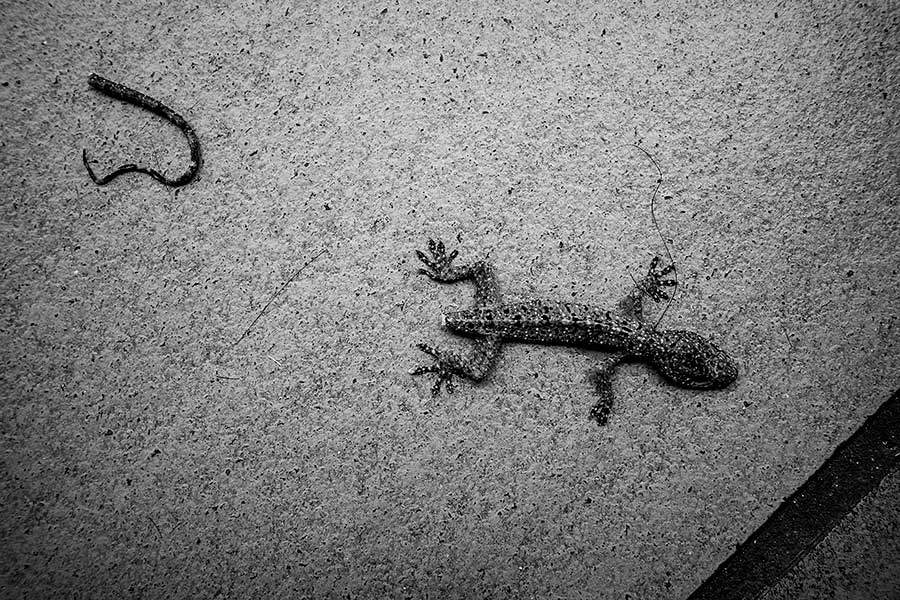
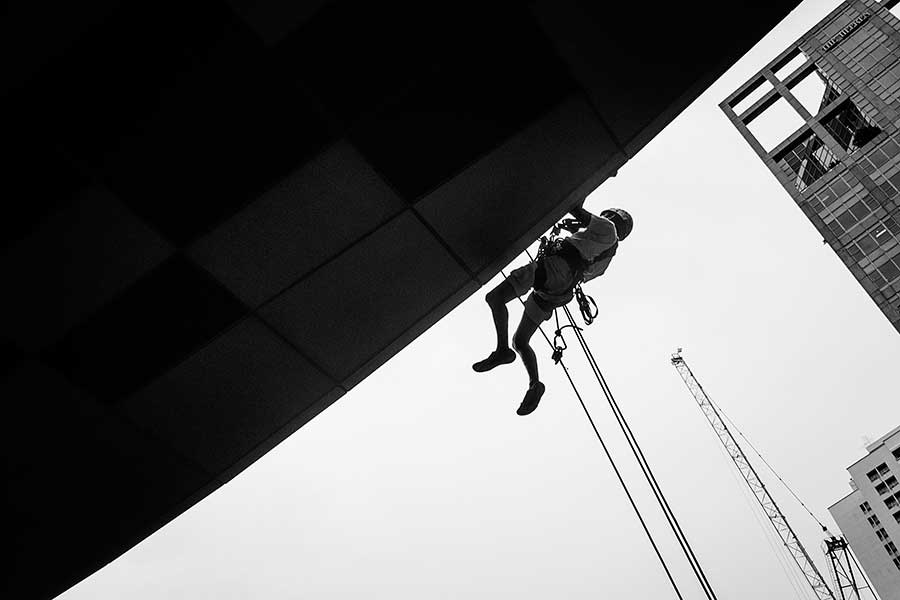
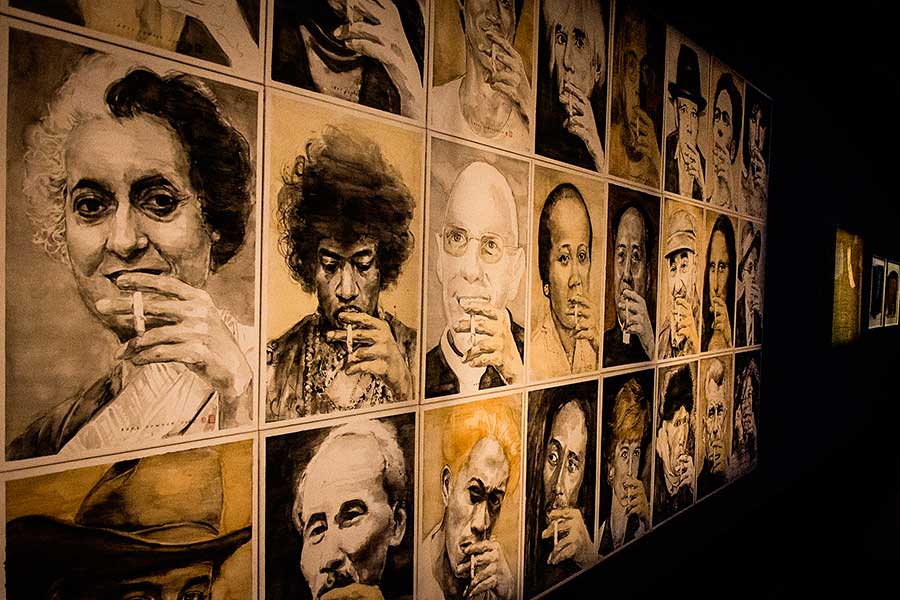
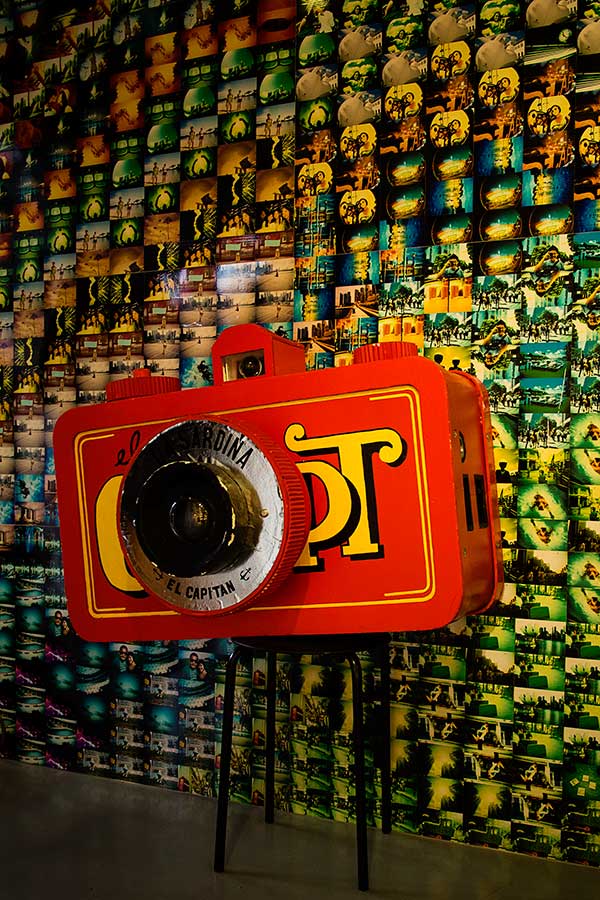
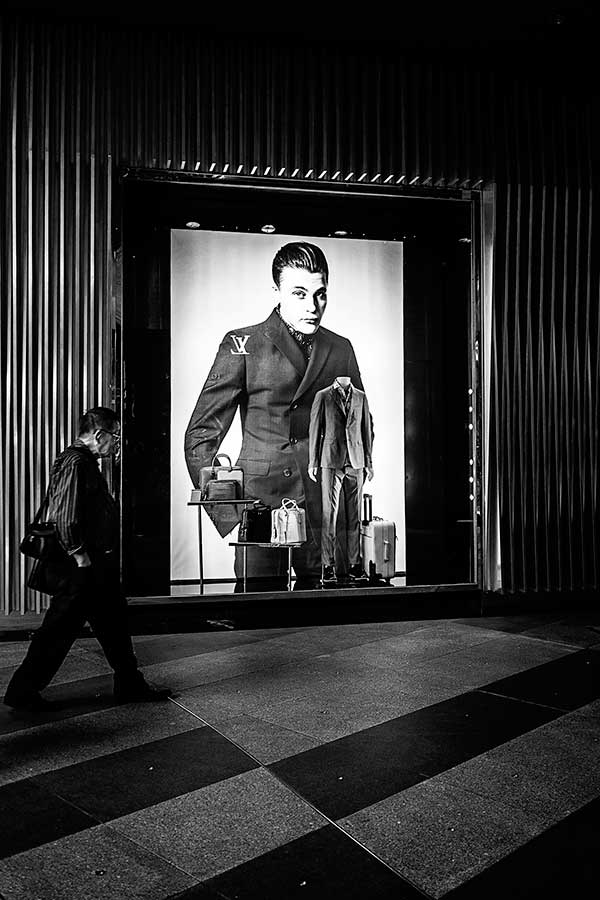
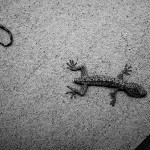
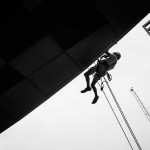
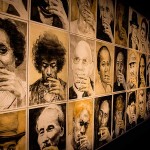
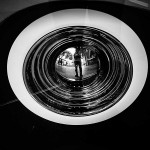
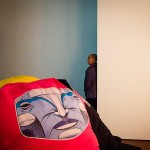
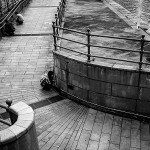
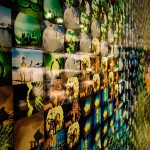
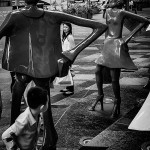
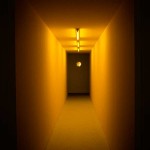
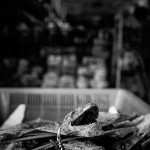
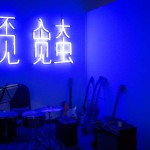
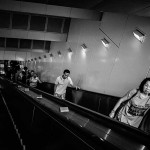
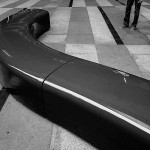
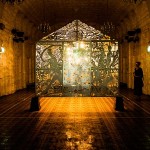
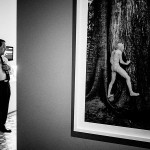
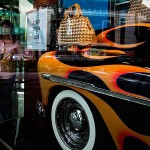
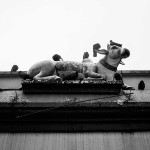
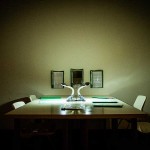
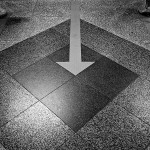
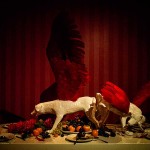
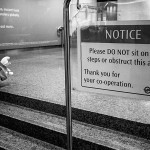
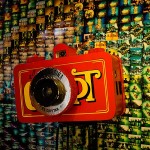
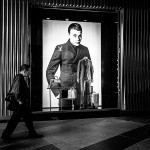
.jpg)
.jpg)
.jpg)
.jpg)
.jpg)
.jpg)
.jpg)
.jpg)
.jpg)
.jpg)
.jpg)
.jpg)
.jpg)
.jpg)
.jpg)
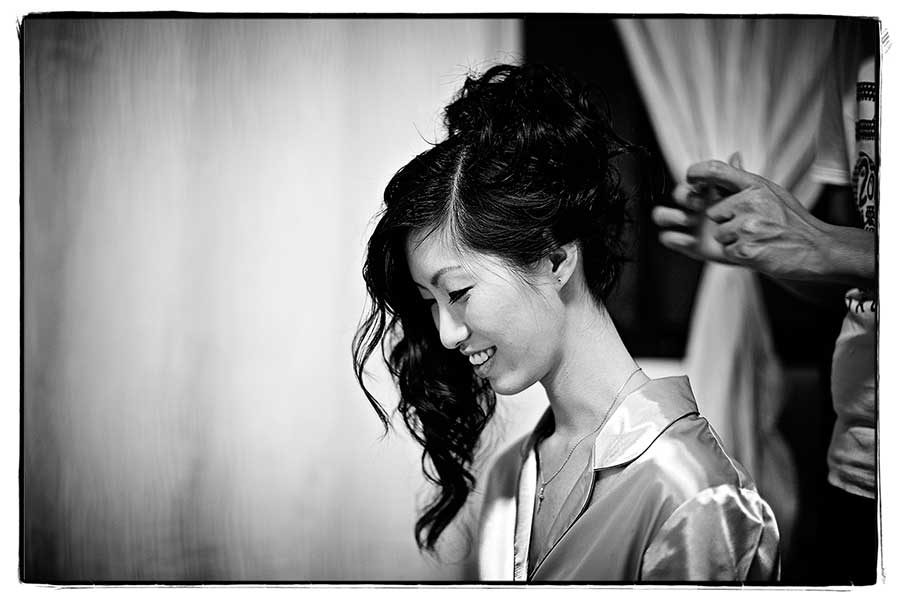
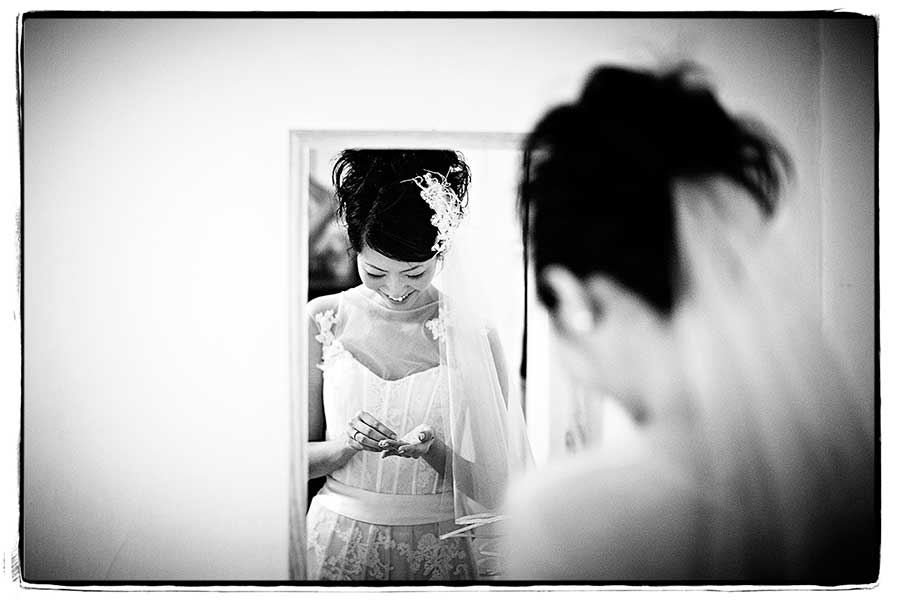
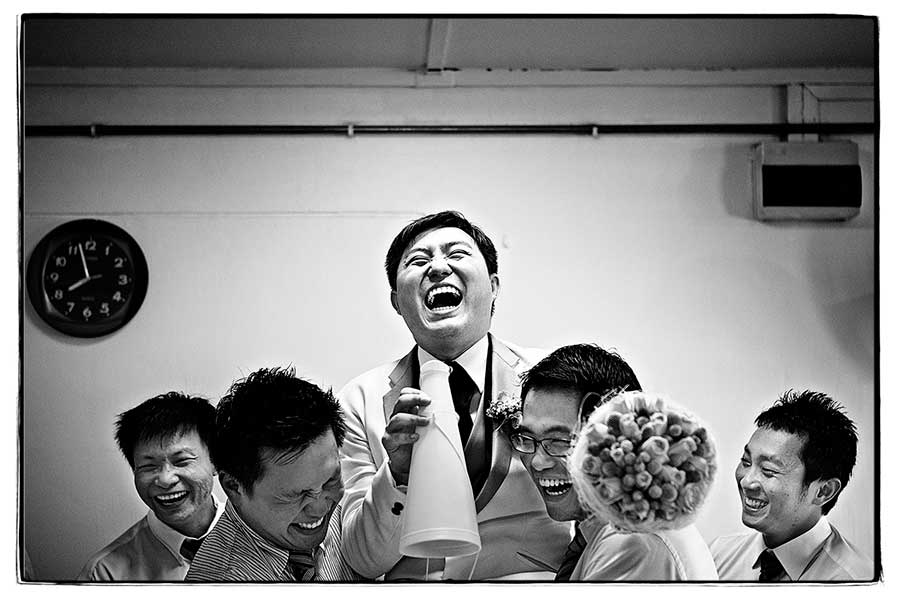
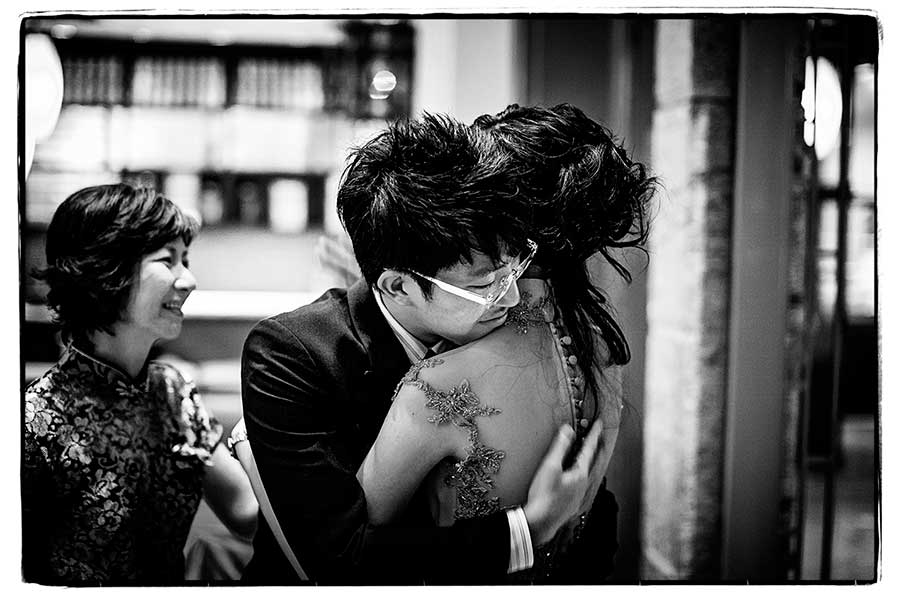
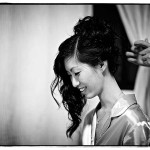
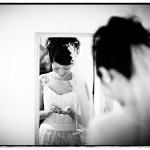
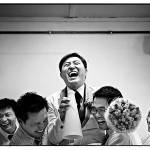
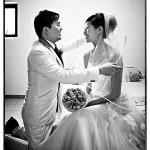
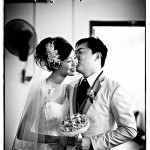
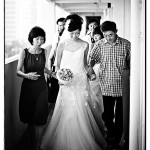
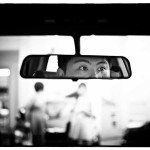
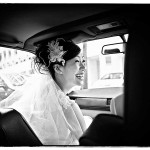
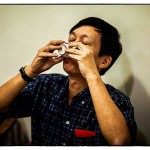
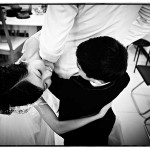


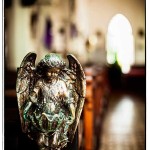
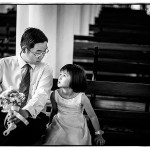
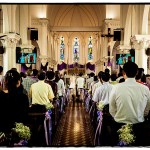
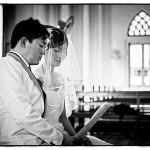
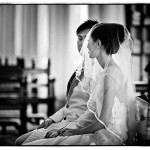
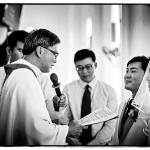
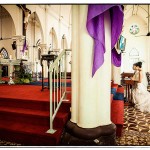
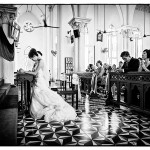
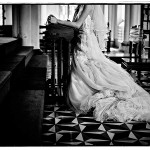
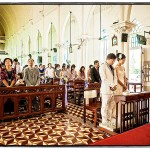
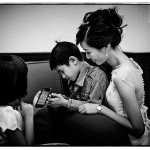
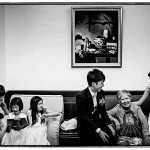
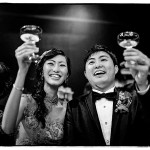
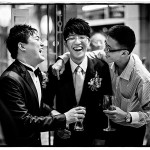
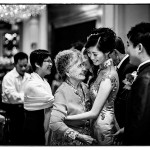
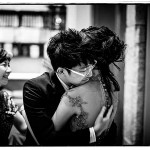
.jpg)
.jpg)
.jpg)
.jpg)
.jpg)
.jpg)
.jpg)
.jpg)